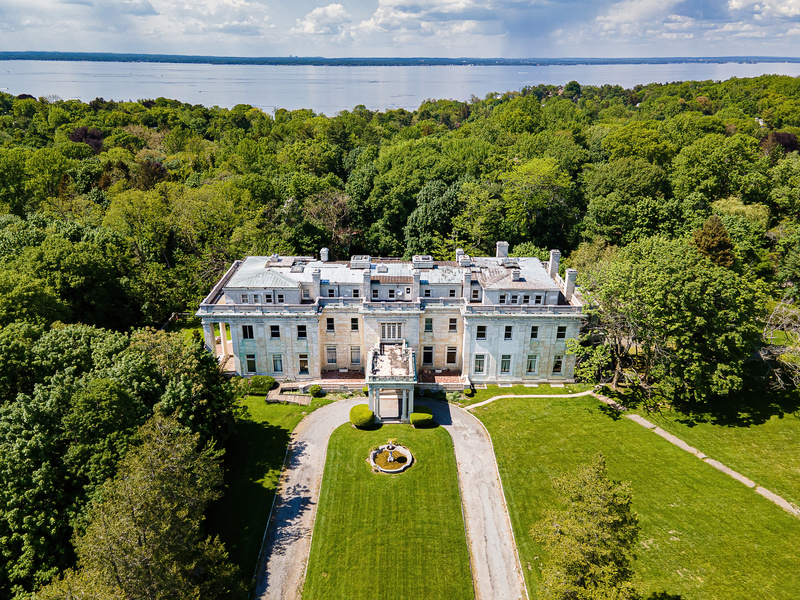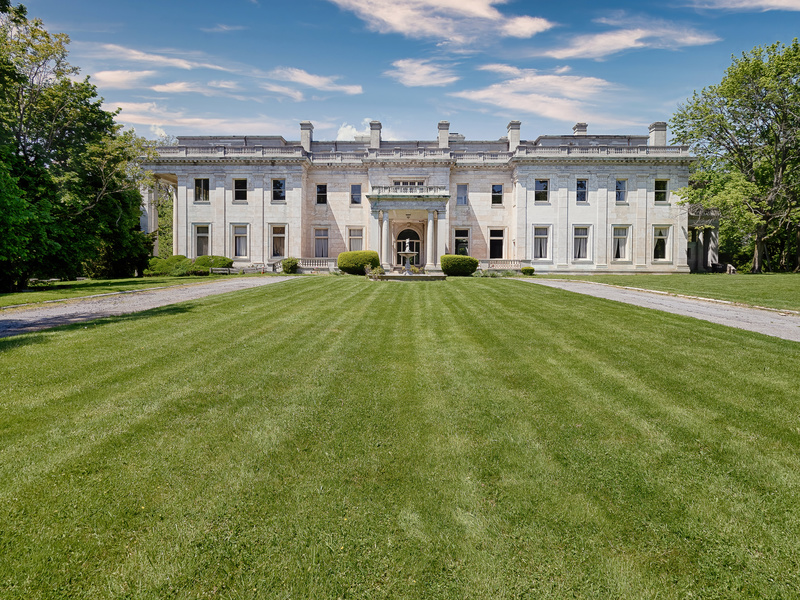
Years before the Roaring Twenties, Frank Woolworth built himself a fortune when he opened a store selling merchandise for spare change. His company, the F. W. Woolworth Company, pioneered the five-and-dime stores that became popular in the United States. With his fortune built off of nickels and dimes, he later built Winfield Hall for $10 million in Glen Cove, Long Island.
Designed by C.P.H. Gilbert, the house stood on a 16.4-acre property. The 56-room home boasted 48,000 square feet. 12 bedrooms, 9.5 bathrooms and 16 fireplaces were scattered throughout the home. Since Winfield Hall was completed in 1916, various owners have passed through its halls. However, it is being auctioned off next month with a projected sale price of at least $7 million. The property includes not only the mansion but also the sweeping lawns and a separate 15,000 square foot clock tower building being positioned as a garage for a private car collection.
1. A mysterious fire burnt the first mansion to the ground

When Woolworth purchased the property in 1914, a mansion already existed on the 16.5 acres. This estate, completed in 1902 by C.P.H. Gilbert, was called the Humphreys Estate. Alexander Crombie Humphreys, a mechanical engineer, lived there with his wife Eva Guillaudeu until 1907.
Woolworth was never fond of the mansion, however. This raises suspicions about the origins of the fire that began either in the billiards room or the valet’s quarters in 1916. Razing through the house, the fire burnt the mansion to the ground, destroying millions of dollars worth of valuables inside. Following the fire, Woolworth already had plans for an estate to replace the old mansion. This new estate would be called Winfield Hall.





